On the afternoon of August 22, the National Innovation Center (NIC, Ministry of Planning & Investment) held the opening ceremony of the Training Program for lecturers on microchip design.
Accordingly, from now until October 2024, lecturers from 18 universities selected in the Project on human resource development for the semiconductor industry will participate in a training course on microchip design under the guidance of international experts.
Leading technology universities in Vietnam such as Hanoi University of Science and Technology, Academy of Posts and Telecommunications, Vietnam National University, Academy of Cryptography,... will also receive copyright support packages for circuit board (PCB) design software from Siemens to research and develop human resources to serve the semiconductor industry.

According to Ms. Dam Thi Hong Lan - Director of Vietbay Technology Company, representative of the organizing unit, the first course on microchip design is expected to have the participation of 30 lecturers. However, the number of lecturers registering to participate in the practical course is twice as much as planned. This shows the need and interest of lecturers in the semiconductor chip design training course.
After the training course, Vietnam will have more lecturers and experts with comprehensive access to the latest technology in the world . They will be able to confidently apply and retrain engineers and students, thereby contributing human resources to the semiconductor industry in Vietnam in particular and the world in general.
The semiconductor industry is one of the important foundations of the modern economy , the "heart" of the technological revolution, the basis for the development of many high-tech industries.
Vietnam is currently a new destination for the semiconductor industry, with many strengths such as strategic geopolitical position, abundant young, technology-savvy workforce, modern invested infrastructure, and favorable investment mechanisms for large technology corporations in the world.
To develop the semiconductor industry, Vietnam has prioritized strong investment in high-quality human resources. This is not only an urgent requirement to catch up with global technology trends, but also a proactive and breakthrough step to build Vietnam's position in the semiconductor industry value chain.
Before opening the microchip design course for lecturers, the National Innovation Center also coordinated to organize many training courses on semiconductor chip design with the participation of leading technology corporations such as Qorvo, Cadence, ARM, Vietnam Innovation Network in Silicon Valley (USA),...

According to Deputy Minister of Planning and Investment Nguyen Thi Bich Ngoc, the semiconductor design lecturer training course is one of the activities to deepen the relationship between " State - School - Enterprise ", with the common goal of training thousands of talented personnel for the Vietnamese semiconductor industry.
In which, the State plays a creative role, schools play a central role, and businesses play a companion and support role to improve training quality and meet market requirements.
“ This activity also aims to create a “breakthrough of breakthroughs” in training high-quality human resources. I am very optimistic about Vietnam's opportunity to participate in the global semiconductor industry value chain and the dream of Vietnam successfully making its name on the global technology map will not be far away, ” Deputy Minister Nguyen Thi Bich Ngoc shared.

Source: https://vietnamnet.vn/viet-nam-to-chuc-dao-tao-giang-vien-thiet-ke-chip-ban-dan-2314612.html








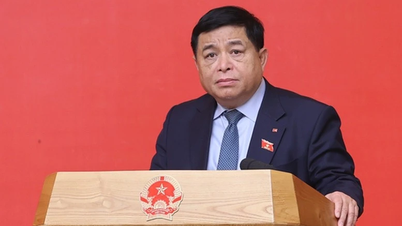






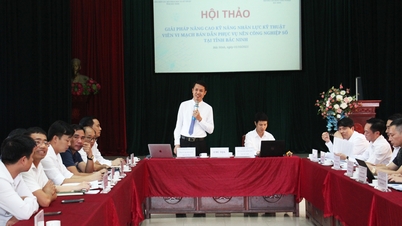

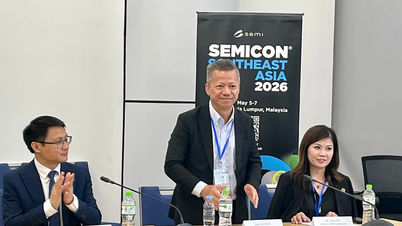

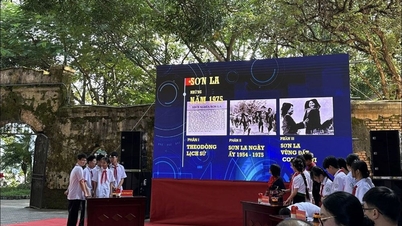






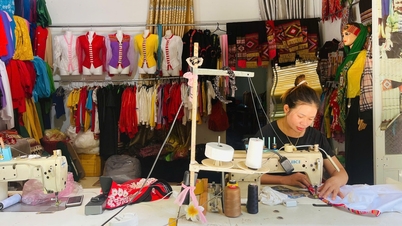

















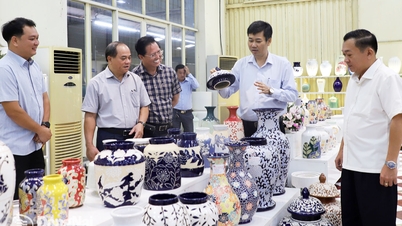











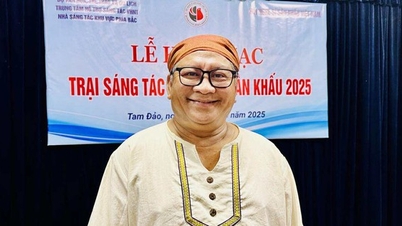




















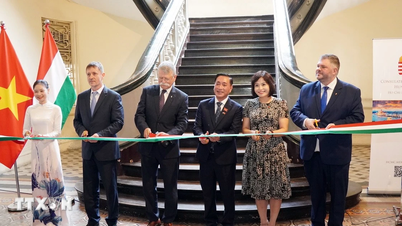
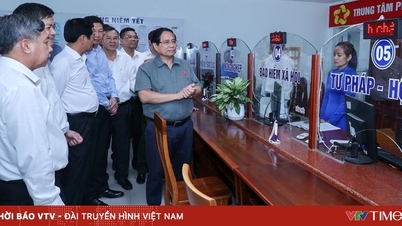






























Comment (0)